A dramatic hillside location consisting of hot springs and travertine terraces, the stunning natural phenomenon of Pamukkale has been used as a spa for thousands of years.
Approximately 400,000 years ago, modern Asia Minor experienced a series of devastating earthquakes. This resulted in the shifting in the valley of the Menderes River (historically the Maeander or Meander) and caused for the thermal waters lashing out to the surface.
The hot springs which were created, as a result of this phenomenon, began to flow down to the surface of the plateau with incredible speeds (hundreds of liters per second). While these flowed, they simultaneously began to evaporate in the sun, thus resulting in the formation of travertine terraces and fancy slopes, which were filled with turquoise water. Because the water was saturated with carbonated calcium, the sediments, when solidified, resulted in the formation of white crystalline surfaces, terraces, stalactites, and pools.
Pamukkale (pronounced pah-mook-kah-leh) is called the cotton castle by literal translation of the word ‘Pamukkale’ in Turkish. The Turks call it the cotton castle because of the similarities that these white mountain slopes have with the cotton plantations that are cultivated in central Turkey.
In this area, there are 17 hot water springs in which the temperature ranges from 35 °C (95 °F) to 100 °C (212 °F). The water that emerges from the spring is transported 320 metres (1,050 ft) to the head of the travertine terraces and deposits calcium carbonate on a section 60 to 70 metres (200 to 230 ft) long covering an expanse of 24 metres (79 ft) to 30 metres (98 ft).
Pamukkale is a tourist attraction. It is recognized as UNESCO World Heritage Site together with Hierapolis. Hierapolis-Pamukkale was made UNESCO World Heritage Site in 1988.
A city was founded at the top of the hill at the beginning of the 2nd century BC, and the thermal springs became renowned for their healing properties. Numerous temples were constructed, and because of these, the city became known as Hierapolis, which translates to ‘holy city’. Severe earthquakes destroyed the city in 133 BC, and again in 60 AD. Following the latter, Hierapolis was rebuilt by the Romans. Another earthquake in the early 7th century caused significant damage but the city was only abandoned for good after the earthquake of 1354. What remains is predominantly the ruins of the Roman city.
Pamukkale is over 100 meters in height and can be seen from the town of Denizli, which is situated on the plains of the River Menderes, around 20 kilometers away.
In spring, tadpoles can be found in the pools. Fascinating to watch, they look striking against the white of the travertine, and in the clear waters their every move can be clearly observed.
Pluto’s Gate, also known as the ‘Ploutonion’, is a cave near Hierapolis that was formed by the same tectonic movement that enabled the hot springs of Pamukkale to emerge. The cave is filled with toxic carbon dioxide and was thought of as a passage to the underworld. In ancient times, ritual animal sacrifices were common and priests would enter the cave and survive by secretly finding pockets of oxygen to demonstrate that they had divine protection.
It is said that Pamukkale has over a million visitors per year. Located close to the Mediterranean and Aegean sea, Pamukkale boasts of warm temperatures throughout the year. Although tourists do throng the place all year around, the best time to travel is usually springtime―April to mid-June.
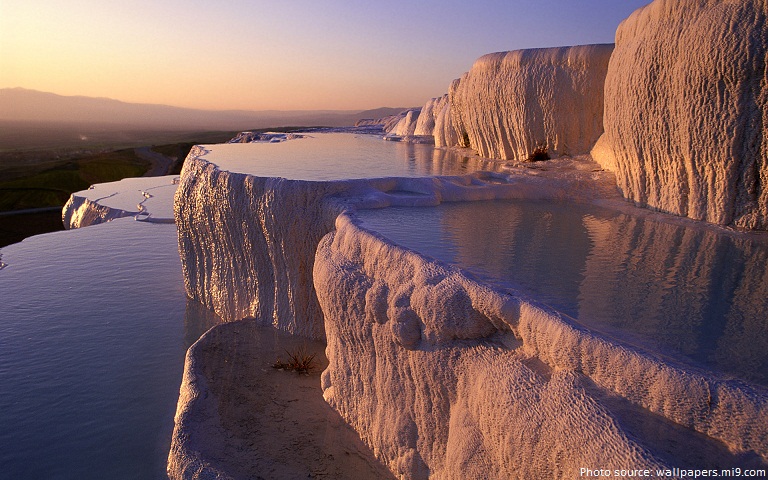
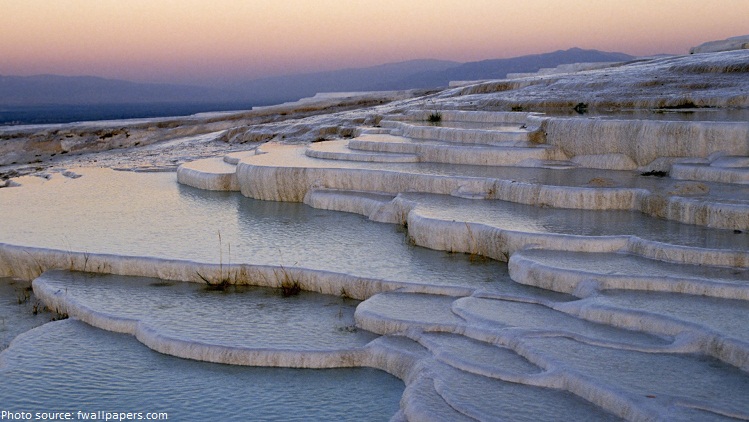
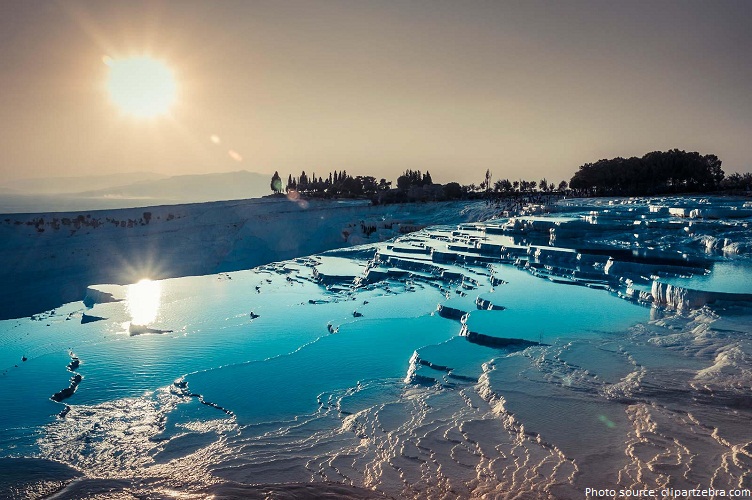
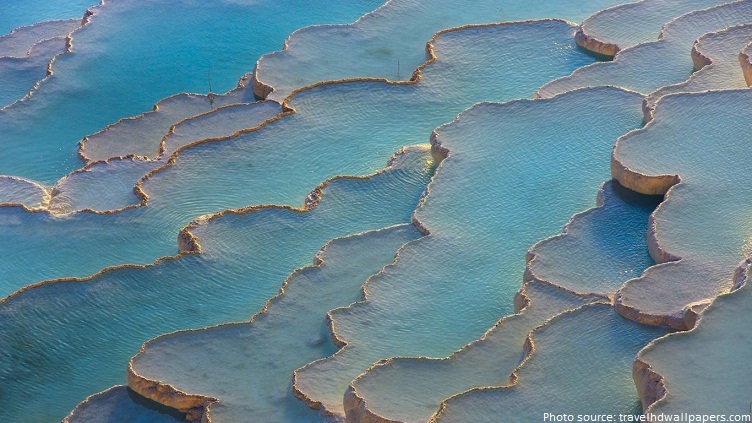
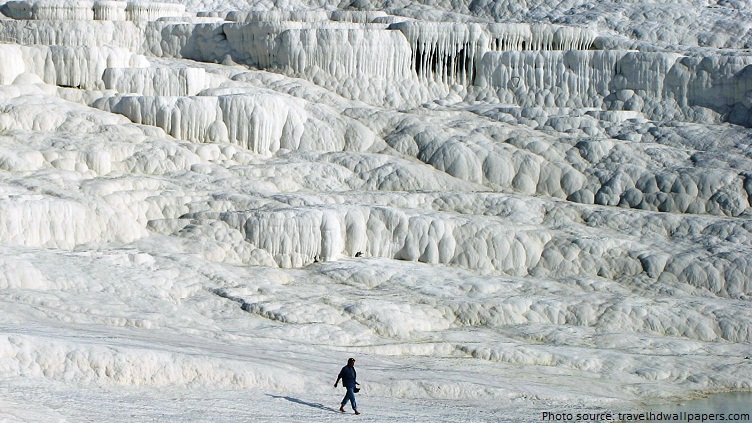
Comments are closed.